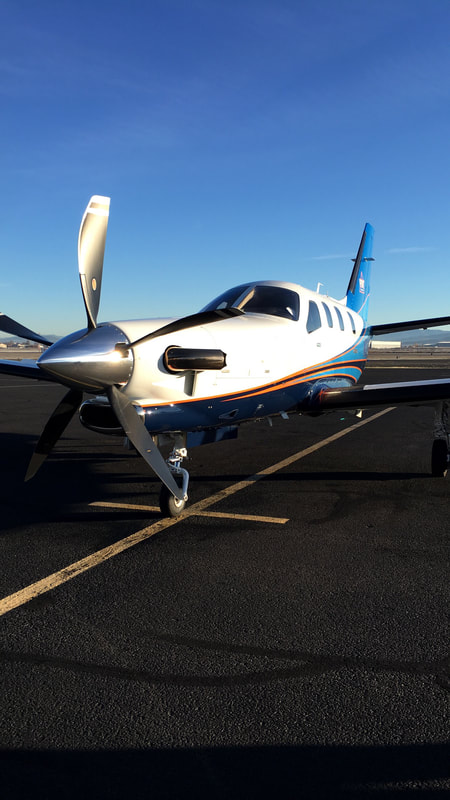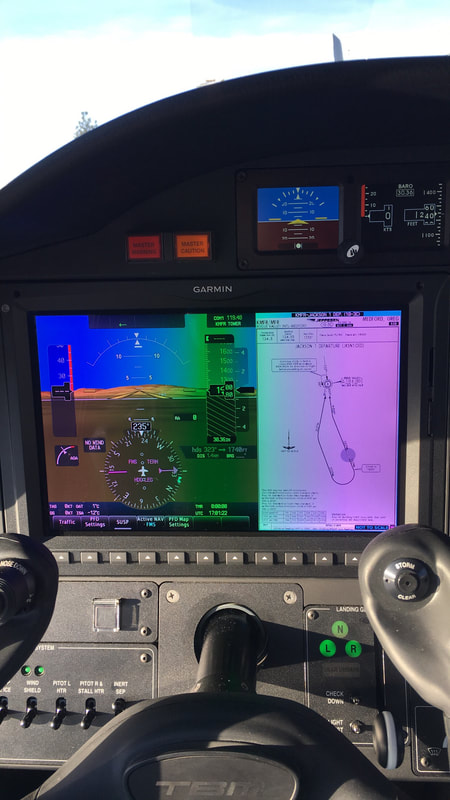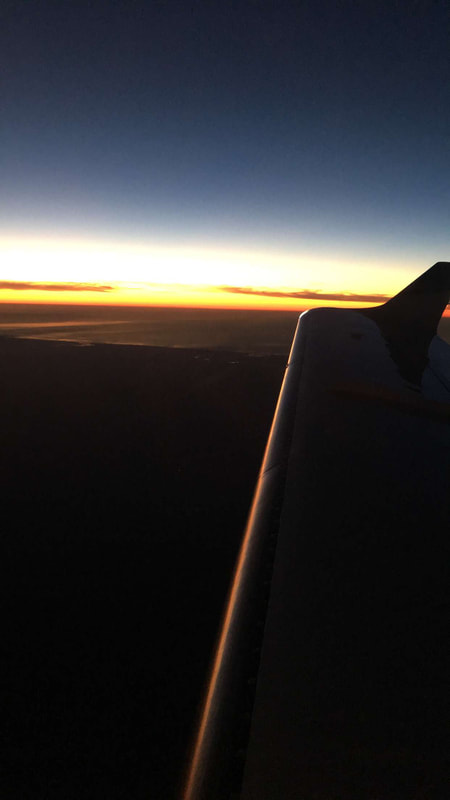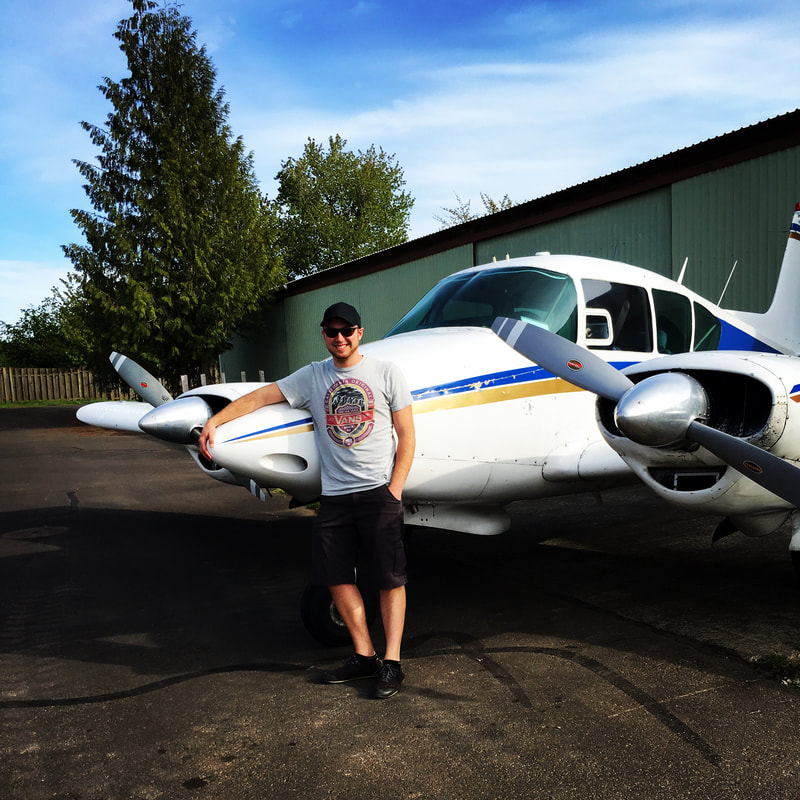- Home
-
Flight Instruction
- Private Pilot Flight Training
- Remote Pilot Part 107 Drone UAS Training
- Sport Pilot Flight Training
- Instrument Rating Flight Training
- Commercial Pilot Flight Training
- Multi-Engine Flight Training
- CFI Flight Training
- ATP Flight Training
- Bend Flight Training
- Flight Simulators
- Flight Review
- Paragliding and Paramotoring
- Private Pilot Ground School
-
Courses & Books
- Learning Center
- Contact
- Pilot Resources
- Our Goal
- News
- Ferry Pilot Services
- Contract Pilot Services
- Oregon Flight Instructor Jobs




